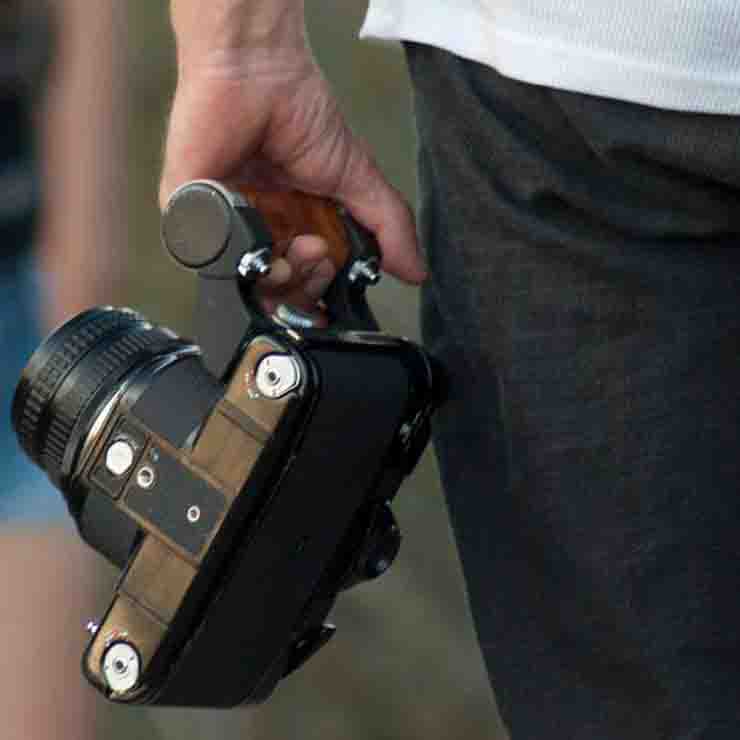Introduction to Fine Art Photography
Fine art photography is a creative approach where the photographer uses the medium to express personal ideas, emotions, or concepts. It focuses on artistic vision rather than documentation.

Art photography deals with themes such as identity, nature or time and uses composition, lighting and post-processing to create visually compelling works.
Fine art photography is an exciting and complex medium that allows photographers to express their ideas, emotions, and concepts through visual art.
Unlike traditional photography, which aims to capture a moment in time with accuracy, photography art embraces a personal and conceived approach.
While other photography genres, like commercial or documentary photography, may prioritize technical accuracy, artistic photography allows for a more subjective interpretation of the world.
The foundations of fine art photography include various artistic movements such as surrealism, abstract art and modernism, all of which have contributed to its expansion.
Although photography art is becoming increasingly popular throughout the wider art market, serious photography collectors are a relatively distinct group.
Statistics show that the market and, importantly, the quality and standard of available prints is determined by approximately 1,000 individuals worldwide.
These are collectors, dealers and artists with their respective photo collections, offerings, and portfolios.
12 Key Facts about Fine Art Photography
-
Focus on Artistic Intent: Artistic photography is created with the primary purpose of expressing an artist’s personal vision or concept, rather than documenting reality or following commercial trends.
-
Concept Over Subject: The meaning or idea behind the photograph is often more significant than the subject itself. Fine art photographers use imagery to explore abstract themes such as identity, emotion, nature, or time.
-
Composition and Visual Design: Strong emphasis is placed on composition, framing, and design principles like balance, symmetry, and leading lines. These elements help convey the artist's message and enhance the overall impact of the image.
-
Creative Use of Lighting: Mastery of both natural and artificial lighting is critical. Fine art photographers use light to create mood, texture, and contrast, often experimenting with shadows and highlights to enhance emotional depth.
-
Innovative Techniques and Processes: Fine art photographers often use traditional and alternative techniques such as film photography, cyanotype, or platinum printing to create unique visual effects and textures that add to the artistic quality of the image.
-
Post-Processing and Manipulation: Editing and post-processing play a vital role in fine art photography. Artists use either analog darkroom techiques or digital tools like Adobe Photoshop or Lightroom to manipulate colors, tones, and textures, helping to align the image with their creative vision.
-
Connection to Art Movements: Fine art photography draws inspiration from broader art movements such as surrealism, minimalism, modernism, or abstract art. Photographers may adopt visual techniques from these movements while exploring contemporary themes.
-
Thematic Series: Many fine art photographers work in series, creating multiple related images that explore a single theme or concept in depth. This allows for a more nuanced expression of ideas and a cohesive body of work.
-
Curation and Presentation: Fine art photography is frequently exhibited in galleries and museums. Presentation techniques such as printing, framing, and mounting are carefully chosen to enhance the artwork's visual appeal and conceptual strength.
-
Artist Statements: Fine art photographers often provide written artist statements to explain the ideas and concepts behind their work. These statements offer viewers insight into the artist’s thought process and creative intentions.
-
Value as Art Objects: Fine art photographs are often considered collectible art pieces, with high-quality prints made using specialized materials. These prints are typically produced in limited editions, adding to their exclusivity and value.
-
Exploration of Personal and Societal Themes: Fine art photography frequently explores profound themes such as self-identity, existential questions, social issues, and the human condition, offering a reflection on both personal experiences and broader cultural contexts.
These facts provide a comprehensive understanding of the essential elements that define fine art photography, from its artistic processes to its conceptual and technical aspects.
The Presence of Science provoked the seemingly age-old debate: Is photography art?
The arrival of photography in the mid-19th century was met with mixed reactions in the art world.
While some embraced it as a new artistic medium, others, particularly Realist painters like Gustave Courbet, saw it as a mechanical threat to their craft.
Photography's ability to produce highly detailed and seemingly objective representations of reality challenged the traditional role of the artist as a skilled craftsman and interpreter of the world
Critics like Charles Baudelaire argued that photography was a mere "servile" imitation of nature, lacking the creativity and imagination of true art.
This view led to a debate about the nature of art and the role of the artist in an age of mechanical reproduction.
Fine Art Photography Timeline
| Year | Milestone |
|---|---|
| 1851 | John Edwin Mayall exhibits daguerreotypes illustrating the Lord’s Prayer, arguably one of the earliest examples of fine-art photography. |
| Victorian Era (1837-1901) | Pioneers like Julia Margaret Cameron, Charles Lutwidge Dodgson (Lewis Carroll), and Oscar Gustave Rejlander advance artistic photography. |
| Late 19th - Early 20th Century | The United States sees photographers like F. Holland Day, Alfred Stieglitz, and Edward Steichen championing photography as a fine art form. |
| 1907 | Alfred Stieglitz takes what many consider the most important photograph ever made, "The Steerage," solidifying the modernist approach in photography. |
| 1940 | The Museum of Modern Art (MoMA) establishes a department of photography and appoints Beaumont Newhall as its first curator, signifying photography's acceptance into the fine art world. |
| 1942 | Ansel Adams captures "The Tetons and the Snake River," a photograph that later becomes an iconic example of the natural landscape in fine art photography. |
| Mid-1950s | A shift occurs in how photographs are presented in galleries, moving from unframed displays on boards to framed prints behind glass. |
| 1960 | S. D. Jouhar founds the Photographic Fine Art Association in the UK, aiming to elevate photography from a craft to a recognised art form. |
| Mid-1970s | Josef H. Neumann develops chemograms, an early form of analog photo manipulation that predates digital image processing. |
| 1970s-1980 | Photographers like Sally Mann, Robert Mapplethorpe, Robert Farber, and Cindy Sherman gain recognition, some exploring traditional genres with fresh perspectives and others embracing a snapshot aesthetic. |
| 1982 | Advancements in printing technology lead to the rise of limited-edition photography books, attracting collectors due to their high production value and limited availability. |
| 1996 | The line between commercial and fine art photography, especially in fashion, becomes increasingly blurred, with exhibitions and publications reflecting this overlap. |
| 2000s | Andreas Gursky's large-format C-prints, such as "Shanghai" (2000), gain prominence, reflecting the trend towards meticulously staged and large-scale photographs. |
| 2004 | The art market sees approximately 7,000 photographs sold at auction, with 80% of sales occurring in the United States, indicating a growing collector base. |
| 2010s | The internet and social media transform how fine art photographers share their work, leading to new opportunities for exposure and sales. |
| 2020s | Virtual galleries and online exhibitions become more common, reflecting the ongoing integration of technology in fine art photography and broadening the reach of artists. |
This timeline outlines key events and developments in the history of fine art photography, highlighting its evolution as an artistic medium.
Fine Art Photography: Where Vision Meets Creativity
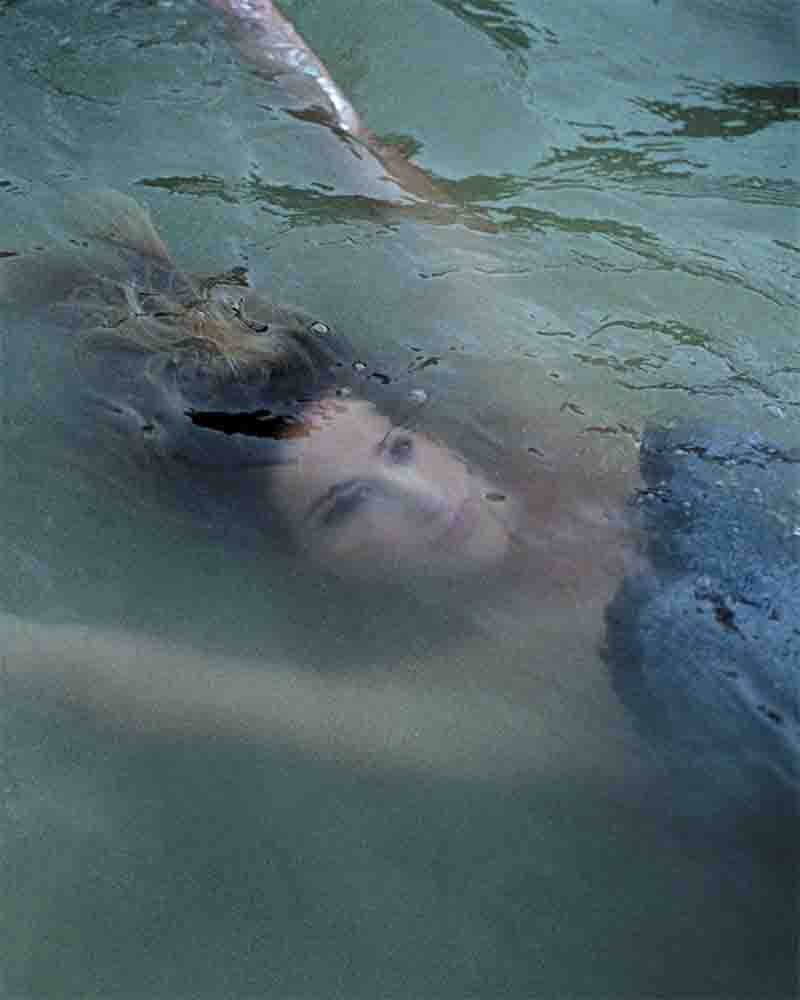
Fine art photographers prioritize composition, lighting, and mood to convey emotions or abstract ideas.
At its core, fine art photography challenges the viewer to think, reflect, and engage.
It explores themes such as identity, nature, society, and existential questions.
This exploration invites audiences into the artist's mind, creating a dialogue between the viewer and the artwork.
Art photographers use the medium to provoke thoughts and feelings, often drawing upon personal experiences to shape their work.
Personal Expression and Creative Vision
Every fine art photographer has a unique perspective that influences their work.
This personal expression is the lifeblood of art photography.
It's not just about what is captured in the frame; it's about the artist's intention and the emotional landscape they create.
Each click of the shutter is a reflection of the artist's thoughts and feelings.
The ability to distill personal experiences into their works sets fine art photography apart.
Concept Over Technical Perfection
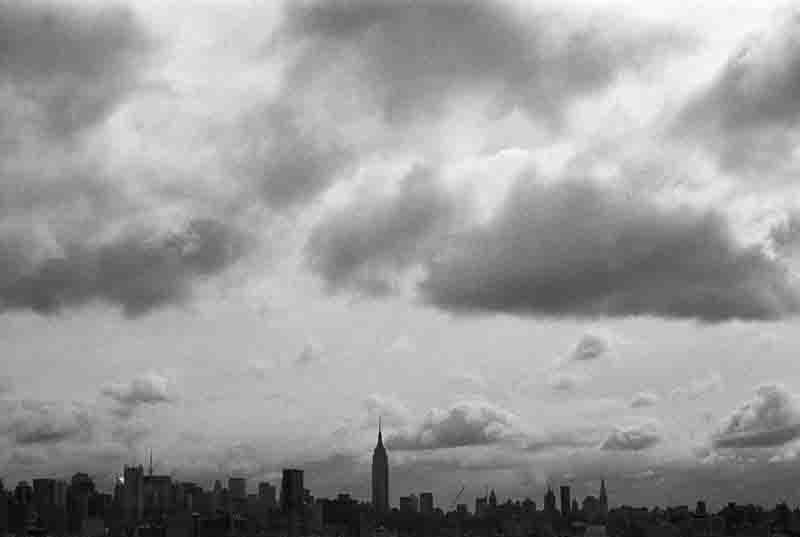
Fine art photography is all about the photographer's unique perspective and their creative interpretation of the world around them.
The concept in general outweighs technical precision.
While a solid mastery of technical skills is a must, focusing solely on technical execution can lead to lackluster images that fail to deliver in terms of meaning.
A photo may have the perfect exposure and sharpness, but it still won't be convincing if it lacks a convincing context.
Viewers want to and must engage with these concepts and base their own interpretations upon such concepts.
Art photography therefore invites photographers to manipulate technical aspects to reinforce their artistic vision rather than limit it.
Composition and Design Principles
The principles of design play a critical role in creating compelling fine art photographs.
Good composition is foundational. It dictates how the elements within a frame interact with one another and with the viewer’s eye.
Key concepts include:
-
Balance: Achieving balance ensures that no single element overwhelms the composition. This could mean balancing a light subject with a darker one or arranging shapes and lines to create harmony.
-
Symmetry: Symmetrical compositions can create a sense of stability and order. However, asymmetrical designs often lead to dynamic and engaging images that draw the viewer’s eye across the frame.
-
Leading Lines: Utilizing leading lines directs the viewer’s gaze toward the focal point of the photograph. This technique can create depth and invite viewers into the scene, enhancing their emotional experience.
Mastery of Lighting
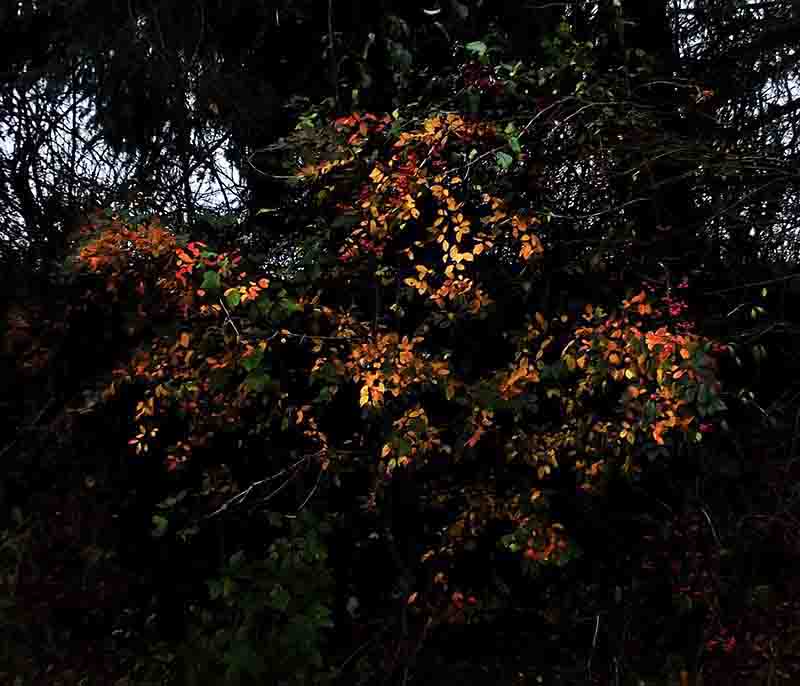
Post-processing allows fine art photographers to refine their vision by adjusting colours, tones, and textures. While maintaining the image's integrity, it helps align the final product with the artist's creative intentions, further emphasizing the artistic message.
Lighting is another critical aspect of fine art photography.
Whether using natural or artificial light, mastering how to manipulate light is essential for creating mood and atmosphere.
By skillfully managing light, photographers evoke a range of emotions. The interplay of shadows and highlights can enhance the story a photograph tells.
-
Natural Lighting: Photographers seek the magic hour—the time just after sunrise or just before sunset—when the light is soft and warm. This golden light can transform a mundane scene into something extraordinary
-
Artificial Lighting: Studio lighting allows for precise control over the lighting conditions. Using techniques like backlighting, softboxes, or spotlights can help create striking contrasts or subtle textures, depending on the desired outcome.
Color, Texture, and Mood

Fine art photography draws inspiration from movements like surrealism, minimalism, and abstract art, borrowing visual techniques and concepts.
Color is a powerful tool in fine art photography.
Different colors evoke different emotions, and the way colors interact can significantly affect the overall mood of the image.
-
Color Theory: Understanding color theory allows photographers to make informed decisions about color palettes. Complementary colors can create tension, while analogous colors may bring a sense of harmony.
-
Texture: Texture adds a tactile quality to photographs, enhancing their visual appeal. Capturing texture often involves paying attention to the details—whether it's the roughness of a tree bark or the smoothness of a still lake.
-
Black-and-White Photography: Black-and-white images strip away color, emphasizing form, contrast, and composition. This technique lends a timeless quality to an image, focusing the viewer’s attention on the emotional essence of the photograph.
Manual Camera Settings for Creative Control
To bring artistic visions to life, fine art photographers must master manual camera settings. Each setting plays a crucial role in shaping the final image.
-
Aperture: This controls the depth of field. A wide aperture (small f-number) can blur backgrounds, drawing attention to the subject. Conversely, a narrow aperture (large f-number) can keep more of the scene in focus, suitable for landscapes.
-
Shutter Speed: Fast shutter speeds freeze motion, while slow shutter speeds can create blur, lending a sense of movement. Choosing the right shutter speed is vital for conveying the intended emotional impact.
-
ISO: This controls the camera’s sensitivity to light. A higher ISO is useful in low-light situations but can introduce noise. Balancing ISO, aperture, and shutter speed allows photographers to capture their desired aesthetic.
Processes and Printing Techniques
Post-processing is where fine art photographers refine their vision.
This is either done with traditional darkroom techniques or digital editing.
Both can enhance the photograph's emotional impact while staying true to the artist's intent.
While editing can be used to create surreal or fantastical images, it's essential to maintain integrity.
Enhancements should support the artistic vision, not distort it beyond recognition.
By skillfully applying post-processing techniques, photographers create a final product that resonates with viewers on multiple levels.
Fine art photographers explore alternative printing methods like Cyanotype, Platinum Printing, and traditional black-and-white silver gelatin to add unique characteristics to their work.
These techniques can enhance the tactile quality of a photograph.
Curation and Selection

Fine art photography explores themes of identity, societal issues, and the human condition, encouraging reflection and dialogue.
Curation is an essential aspect of presenting fine art photography.
The way photographs are selected and displayed can significantly influence how viewers perceive the work.
Effective curation invites viewers to engage with the artwork and encourages them to explore the narrative woven through the images.
Framing, Printing, and Presentation
The physical presentation of a fine art photograph is vital to its impact.
Photographers must consider several factors when preparing their work for display.
Proper presentation elevates the artwork, making it more appealing and inviting viewers to connect with it.
Selecting Print Size: The size of the print affects how viewers engage with the image. Larger prints may dominate a space, inviting closer inspection, while smaller prints may encourage intimate viewing.
Paper Choices: The choice of paper dramatically changes the appearance of a print. Textured papers can enhance depth, while glossy papers may create vibrant color contrasts.
Framing Techniques: A well-chosen frame complements a photograph and enhance its overall aesthetic. Considerations include material, color, and style to ensure the frame aligns with the image's emotional tone.
The Art of Display: How photographs are hung, lit, and arranged impacts the viewer's experience. Curators consider sightlines, spacing, and lighting to enhance the exhibition's overall effect.
Exploring Identity and Self-Expression
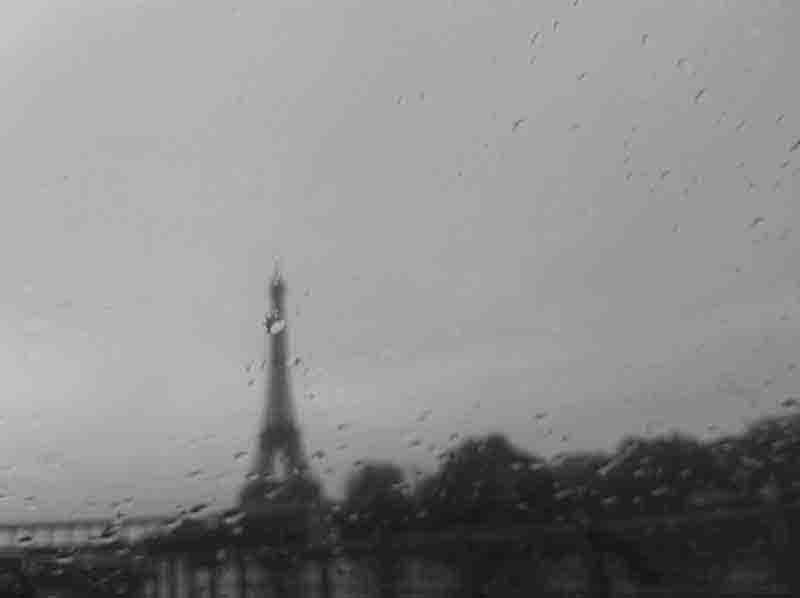
From its contested beginnings, fine art photography has evolved into a respected art form, embraced by galleries, museums, and collectors.
Fine art photographers use their work to explore themes of identity and self-expression.
This exploration often manifests through self-portraiture or intimate subject matter.
Self-portraits are a powerful way for photographers to delve into their identities.
By using themselves as subjects, they examine personal narratives, societal expectations, and internal conflicts.
Working with familiar subjects—such as family or close friends—allows photographers to convey deep emotional connections.
These images reveal more than just faces; they tell stories about relationships and experiences.
Photographers who explore identity create work that resonates with viewers on a personal level, inviting them to reflect on their journeys.
Nature, Society, and Time
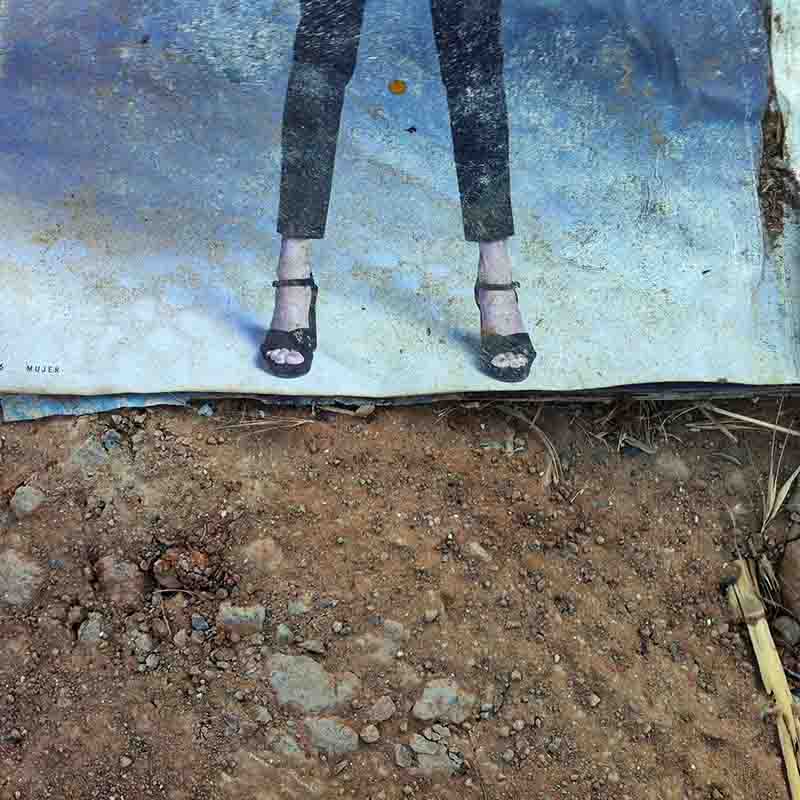
Each fine art photograph captures a moment and a message, inviting viewers to see the world through the artist’s eyes.
Fine art photography serves as a platform for examining broader themes like nature, society, and the passage of time.
These themes can evoke powerful emotions and provoke thought.
Photographers use nature to explore existential questions.
A decaying tree might symbolize the inevitability of aging, while vibrant flowers could represent renewal.
By employing nature as a metaphor, photographers invite viewers to consider deeper meanings.
Fine art photography can be a vehicle for social commentary.
Photographers highlight issues such as inequality, environmental degradation, or cultural identity through their images, prompting discussions and reflections on these pressing matters.
Abstract and Conceptual Work
Abstract photography challenges traditional notions of representation.
It invites viewers to engage with images on an emotional or intellectual level, often leaving interpretation open-ended.
These images may not depict recognizable subjects but evoke feelings and thoughts through color, form, and composition.
Many abstract photographs grapple with philosophical questions.
For instance, an image of blurred lines could symbolize the ambiguity of truth.
This approach invites viewers to ponder their interpretations, fostering deeper engagement with the work.
What is an Artist Statement?
-
Communicating the Concept: An artist statement is a written explanation of the artist’s vision, intent, and process. It serves as a guide for viewers, offering them a lens through which to interpret the work.
Supporting Understanding: A well-crafted artist statement enhances the viewer's experience. It helps articulate the photographer's motivations and thought processes, allowing the audience to engage with the work more meaningfully.
Fine Art Photography as an Investment
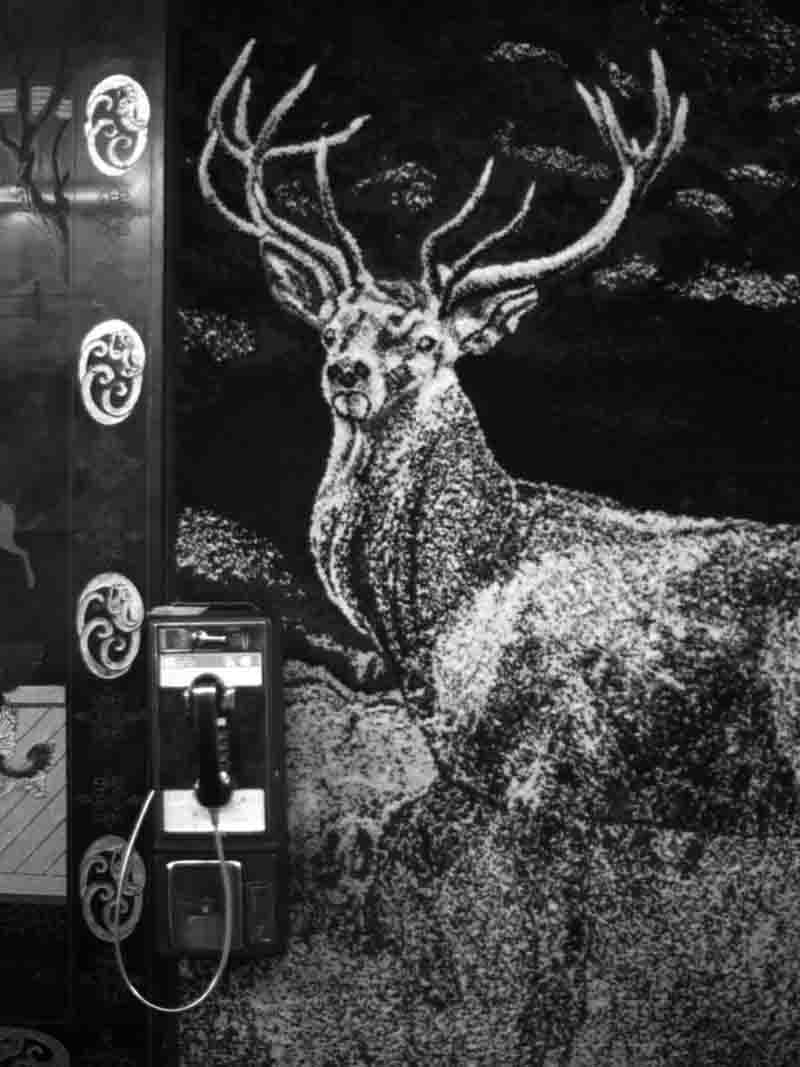
Fine art photography is not just a visual art form; it’s a powerful vehicle for communication, exploration, and understanding
Fine art photography is not just about artistic expression; it can also be a lucrative investment.
Understanding the market dynamics can help photographers position their work effectively.
Collectors seek fine art photography for its potential appreciation in value.
Factors influencing value include the photographer's reputation, the uniqueness of the work, and its provenance.
Fine art photographers produce limited edition prints to enhance their work's desirability.
These prints are signed and numbered, signaling their exclusivity and potentially increasing their market value.
The Evolving Practice of Fine Art Photography
Fine art photography is a dynamic medium that continues to evolve.
It invites photographers to push boundaries, explore new techniques, and engage with pressing themes.
Fine art photography serves as a form of personal expression and a means of connecting with audiences.
As photographers hone their craft, they must remain open to new ideas and perspectives.
The journey of fine art photography is not just about creating beautiful images; it’s about telling stories, provoking thoughts, and sparking conversations.
By embracing this mindset, fine art photographers can continue to inspire and engage viewers for generations to come.
Fine art photography is not just a visual art form; it’s a powerful vehicle for communication, exploration, and understanding.
Each photograph captures a moment and a message, inviting viewers to see the world through the artist’s eyes.
Fine Art Photography: A Detailed Briefing
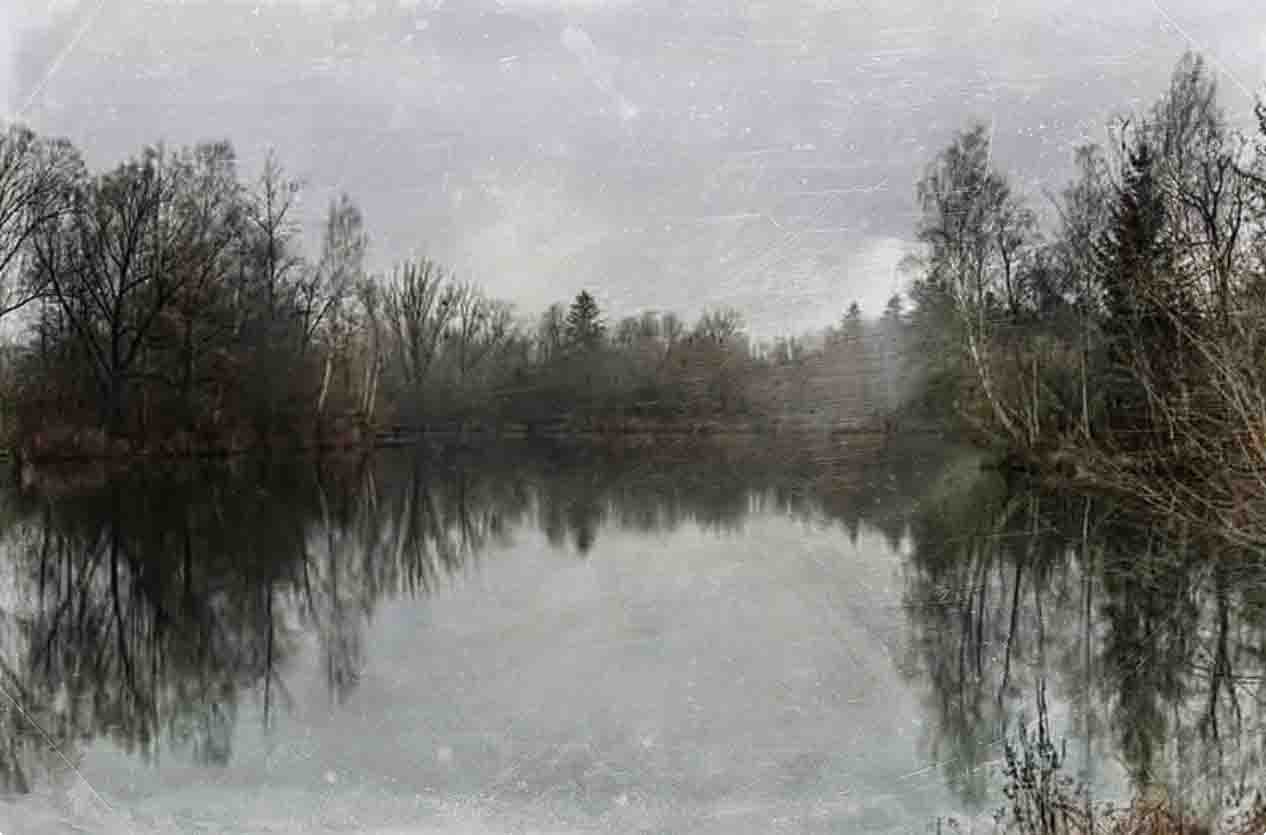
While photography initially led to a devaluation of traditional artistic skills, it also paved the way for new forms of art and expanded the definition of art to include photography itself.
Fine art photography has undergone a remarkable journey, evolving from its contested beginnings to become a respected art form.
Its ability to capture reality while simultaneously offering a space for personal expression ensures its continued relevance in the art world.
As technology advances and creative boundaries are pushed, the future of fine art photography promises exciting new possibilities.
-
Definition and Purpose: Fine art photography distinguishes itself from commercial or journalistic photography. It prioritises the photographer's creative vision and expression of ideas, messages, or emotions. The goal of fine-art photography is to express an idea, a message, or an emotion. This distinguishes it from representational photography which aims for objective documentation.
-
Historical Development: The roots of fine art photography can be traced back to the Victorian era with pioneers like Julia Margaret Cameron and Oscar Gustave Rejlander. Figures like Alfred Stieglitz played a crucial role in its acceptance into museum collections. However, its recognition as a fine art form wasn't immediate. In the UK, as late as 1960, photography was considered more of a craft than art.
-
Evolution of Styles and Techniques: Over the decades, fine art photography has seen a shift from capturing spontaneous moments to carefully staged and lit compositions. Technological advancements, especially in digital photography, have further broadened its expressive possibilities.
-
The Role of Museums and Galleries: Institutions like the Aperture Foundation and MoMA have been instrumental in promoting photography as a fine art form. MoMA's establishment of a dedicated photography department in 1940 solidified this recognition.
-
The Rise of the Art Market: The market for fine art photography has seen significant growth. Limited-edition prints and photography books, valued for their high production quality and exclusivity, are particularly sought after by collectors.
-
Blurring Boundaries: The lines between fine art photography and other genres, notably fashion photography and photojournalism, have blurred. This overlap is evident in shared exhibition spaces, academic discourse, and the creative approaches of contemporary photographers.
-
Influence of Artists and Writers: The perception of photography as fine art has been significantly shaped by the positive reception it received from prominent painters like Francis Bacon, who stated, "I have always been very interested in photography. I have looked at far more photographs than I have paintings. Because their reality is stronger than reality itself."
Whether you aim to create thought-provoking images or simply explore your artistic side, fine art photography offers endless possibilities for exploration and growth.
Fine Art Photography: Visual Storytelling at Its Best
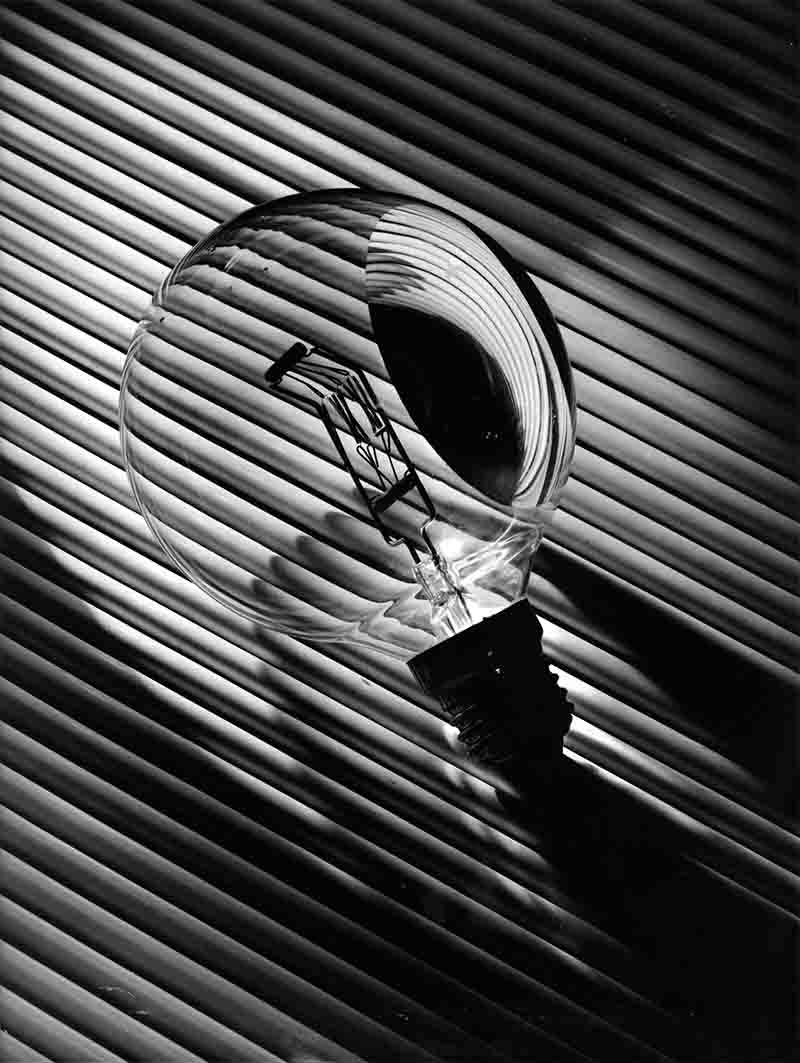
Photography has a profound impact on the public perception of art, challenging traditional notions of what constitutes art and who can be an artist.
Fine art photography encourages viewers to engage with images on a profound level.
As it evolves with technological advancements, it remains a powerful medium for exploring human experience, emotion, and societal issues.
Whether you're a photographer or a collector, the world of fine art photography offers endless opportunities for exploration.
Fine Art Photography: FAQ
